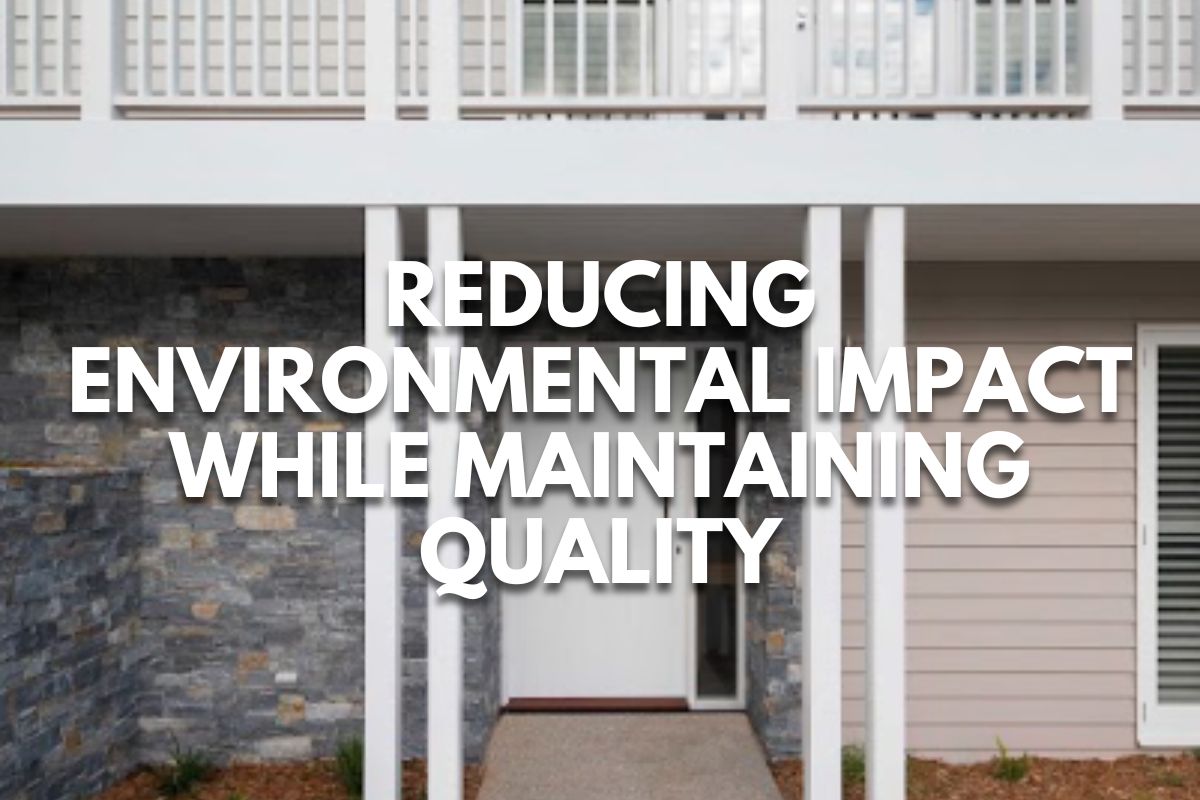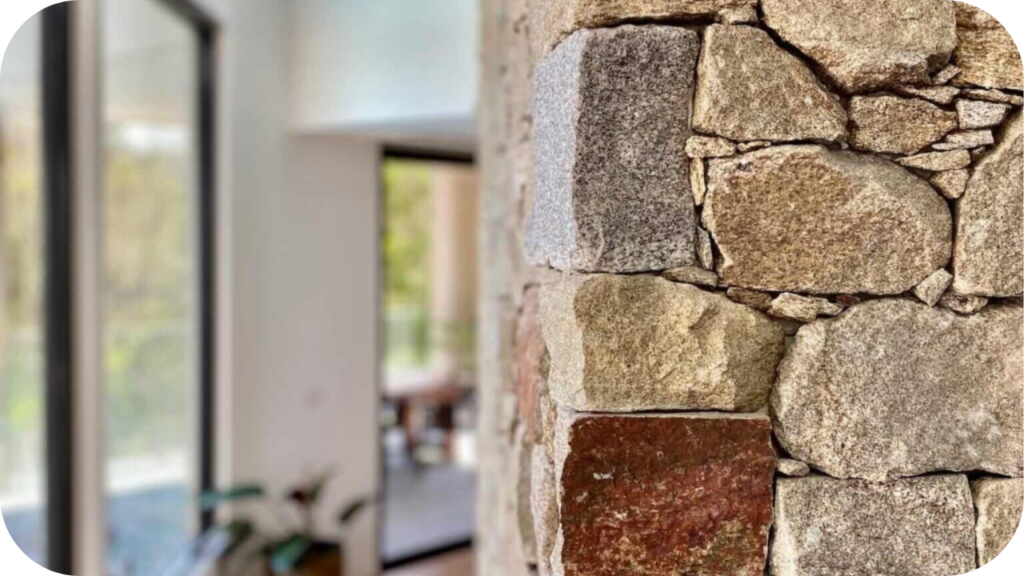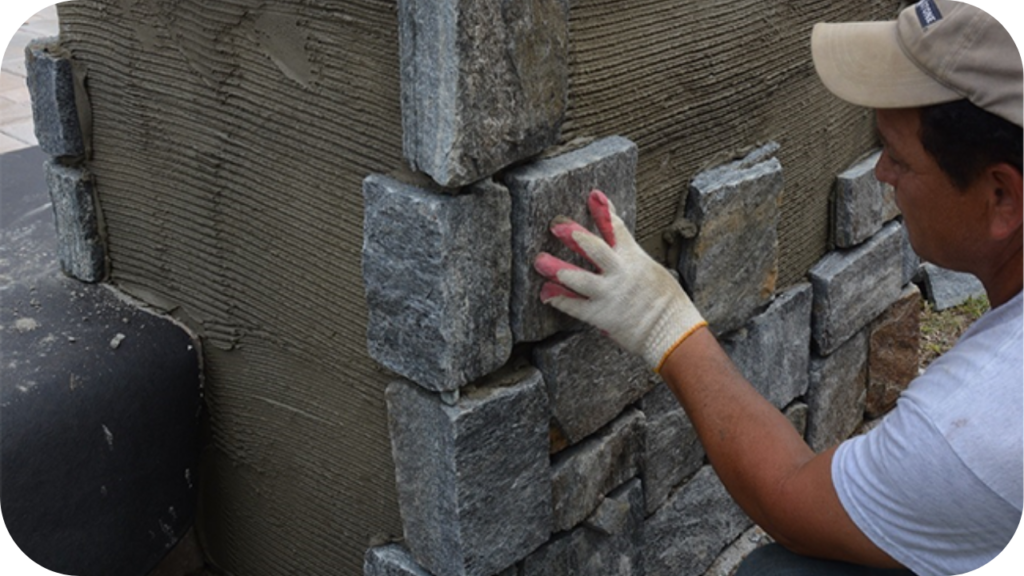Sustainable Stone Care Practices
Traditional stone care practices often rely on chemical-laden cleaners and energy-intensive methods, contributing to environmental degradation.
Harmful chemicals leach into soil and water, while excessive water usage depletes resources and leads to pollution. Additionally, energy-intensive processes generate emissions and degrade air quality.
Embracing sustainable stone care practices mitigates these environmental impacts. By utilising eco-friendly products, innovative water-saving techniques, and advanced machinery, quality maintenance can be achieved while preserving the planet’s health.
Understanding Environmental Impact
Understanding the environmental impact of traditional stone care practices is crucial for adopting more sustainable methods.
Conventional techniques often rely on the use of chemical-based cleaners that contain volatile organic compounds (VOCs) and other harmful substances. These chemicals can leach into the soil and waterways, contributing to pollution and negatively affecting wildlife and aquatic ecosystems.
Additionally, the processes involved in stone maintenance, such as cutting and polishing, are typically energy-intensive and generate a significant amount of dust and debris, which can lead to air quality issues and respiratory problems.
Water usage is another critical factor. Traditional stone care methods require large quantities of water, which not only depletes this vital resource but also results in runoff that carries pollutants into our water systems.
The cumulative effect of these practices can be substantial, leading to the degradation of local environments and contributing to the broader impacts of climate change by increasing carbon emissions associated with energy production for water treatment and chemical manufacturing.
By recognising these impacts, we can explore alternative, more sustainable practices that reduce environmental footprints while maintaining or even enhancing the quality of care provided to stone surfaces.
Sustainable Stone Care Products and Methods
Transform your stone care routine with sustainable methods, preserving quality while safeguarding the planet.
- Sustainable stone care prioritises eco-friendly products and energy-efficient methods.
- Biodegradable cleaners with natural ingredients reduce environmental harm.
- Avoidance of phosphates, ammonia, and chlorine minimises water and soil pollution risks.
- Innovative water-saving techniques like steam cleaning conserve water and prevent runoff pollution.
- Advanced machinery cuts and polishes stone with less energy and emissions.
- Durable sealants extend stone surface lifespan, reducing environmental impact over time.
- Adopting these practices aligns quality maintenance with ecological responsibility.
Implementing Sustainable Practices
Implementing sustainable stone care practices requires a strategic approach to ensure both environmental benefits and maintenance efficacy.
Firstly, transition to eco-friendly products by selecting cleaners and sealants that are certified by environmental organisations, which ensures they meet stringent ecological and health standards. Look for products with labels indicating they are low in VOCs, biodegradable, and derived from renewable resources.
Secondly, upgrade equipment to include water-efficient and energy-saving technology. Invest in high-efficiency stone polishers and water recycling systems that can significantly cut down on water and electricity usage. Such tools not only reduce the environmental impact but also lower operational costs in the long term.
Training staff is equally important; ensure that all team members are knowledgeable about sustainable methods and the proper use of green products. Regular workshops and updated training sessions can help maintain high standards and adherence to eco-friendly practices.
Case Studies and Examples
Case Study 1: “EcoStone Solutions in Urban Landscaping”
EcoStone Solutions, a company specialising in sustainable stone care, implemented a comprehensive approach to maintaining urban landscapes using environmentally friendly practices. They replaced traditional chemical-based cleaners with biodegradable and non-toxic alternatives, reducing harmful runoff into waterways.
Additionally, they employed techniques such as water recycling systems and low-impact machinery to minimise resource consumption during maintenance operations.
Case Study 2: “GreenStone Restoration: Historical Preservation with Sustainability”
GreenStone Restoration undertook the restoration of a historic building facade using sustainable methods. They utilised advanced cleaning technologies that minimised water usage and avoided harsh chemicals, preserving the integrity of the stone while reducing environmental impact.
Through careful documentation and analysis, they identified areas where energy-efficient lighting and climate control systems could be installed, further enhancing the building’s sustainability profile without compromising its historical significance.
Case Study 3: “NatureStone Park: Balancing Conservation and Visitor Experience”
NatureStone Park adopted a holistic approach to stone care within its premises, aiming to strike a balance between conservation efforts and visitor experience. They implemented a regimen of periodic maintenance using natural, locally sourced materials to clean and protect the stone surfaces.
Interpretive signage throughout the park educated visitors on the importance of preserving natural stone formations and the ecological significance of the surrounding environment.
Through regular monitoring and community engagement, NatureStone Park succeeded in fostering a culture of sustainability while offering an immersive and educational experience for visitors.
Consumer Awareness and Education
Consumer Awareness and Education are crucial aspects of promoting sustainable stone care practices. By educating consumers about the environmental impact of conventional stone care methods and the benefits of sustainable alternatives, they can make informed choices that align with their values.
Key components of consumer awareness initiatives include:
- Information dissemination: Distributing educational materials, such as brochures, website content, and social media posts, that highlight the importance of sustainable stone care and provide practical tips for implementation.
- Training programs: Offering workshops or online seminars to teach consumers about proper stone care techniques, including the use of eco-friendly cleaning products and water-saving methods.
- Certification programs: Establishing certification schemes for stone care professionals and products that meet specific sustainability criteria, enabling consumers to easily identify environmentally responsible options.
- Collaborations with retailers: Partnering with retailers to promote sustainable stone care products and provide educational materials at the point of purchase, empowering consumers to make conscious decisions.
- Community engagement: Engaging with local communities through outreach events, demonstrations, and partnerships with environmental organisations to raise awareness about the importance of sustainable stone care for the broader ecosystem.
Regulatory and Certification Considerations
Regulatory and certification considerations are essential for ensuring adherence to sustainable stone care practices. Regulatory bodies, such as environmental agencies and government departments, often establish guidelines and standards to govern the use of chemicals and resources in stone care activities.
Key aspects of regulatory and certification considerations include:
- Compliance with environmental regulations: Stone care professionals must adhere to local, national, and international regulations governing the use of cleaning agents, water management, waste disposal, and other aspects of stone maintenance to minimise environmental impact.
- Certification programs: Certification schemes, such as eco-labels or green certifications, validate stone care products and services that meet specific sustainability criteria. These certifications assure consumers and stakeholders about the environmental responsibility of the products or services.
- Industry standards: Following industry standards and best practices set forth by organisations such as the International Organisation for Standardisation (ISO) ensures consistency and quality in sustainable stone care practices.
- Continuous improvement: Stone care professionals should stay updated on regulatory changes, advancements in sustainable technologies, and emerging best practices to continuously improve their operations and minimise environmental impact.
Cost Considerations and Return on Investment (ROI)
Cost considerations and return on investment (ROI) play a significant role in the adoption of sustainable stone care practices. While sustainable solutions may initially require higher upfront costs, they often offer long-term financial benefits and environmental advantages.
Key factors in cost considerations and ROI include:
- Initial investment: Sustainable stone care practices may involve purchasing eco-friendly cleaning products, investing in water-saving technologies, or upgrading equipment. While these initial costs may be higher than conventional methods, they can lead to savings over time through reduced resource consumption and lower operational expenses.
- Long-term savings: Sustainable practices such as water recycling, energy-efficient equipment, and extended maintenance intervals can result in significant long-term savings on water and energy bills, as well as reduced waste disposal costs.
- Enhanced reputation: Adopting sustainable stone care practices can enhance a business’s reputation and attract environmentally conscious customers, leading to increased demand for services and higher revenues.
- Regulatory compliance: By complying with environmental regulations and avoiding potential fines or penalties associated with non-compliance, businesses can mitigate financial risks and ensure operational continuity.
- Life cycle analysis: Conducting a life cycle analysis can help businesses evaluate the total cost of ownership of different stone care practices, including initial investment, maintenance costs, and environmental impacts, to make informed decisions that maximise ROI over the product or service’s lifespan.
Future Trends and Innovations
Future trends and innovations in sustainable stone care are driven by advancements in technology, materials, and consumer preferences. Key areas of focus include:
- Green chemistry: Continued research and development in green chemistry are leading to the formulation of eco-friendly cleaning agents that effectively remove stains and debris from stone surfaces without harming the environment or compromising quality.
- Iot and smart technology: Integration of Internet of Things (Iot) sensors and smart technology into stone care equipment allows for real-time monitoring of resource usage, predictive maintenance scheduling, and optimisation of cleaning processes, resulting in greater efficiency and reduced environmental impact.
- Nanotechnology: Nanomaterials are being explored for their potential to enhance the durability, stain resistance, and self-cleaning properties of stone surfaces, reducing the need for harsh chemicals and frequent maintenance.
- Circular economy practices: The Adoption of circular economy principles, such as recycling stone waste into new construction materials or repurposing reclaimed stone for landscaping projects, promotes resource efficiency and minimises waste generation in the stone care industry.
- Education and awareness: Increasing consumer awareness about the environmental impact of stone care practices and the availability of sustainable alternatives will drive demand for eco-friendly products and services, incentivising businesses to innovate and invest in sustainable solutions.
Conclusion:
Embracing sustainable stone care practices is crucial for preserving our environment while upholding quality standards.
By adopting eco-friendly techniques and staying informed about emerging innovations, we can minimise our ecological footprint while ensuring the longevity and beauty of stone surfaces.
Take action today to integrate sustainability into your stone care routine and contribute to a healthier planet.
















